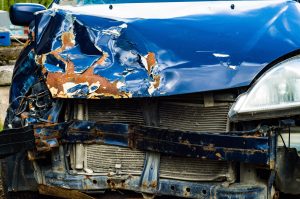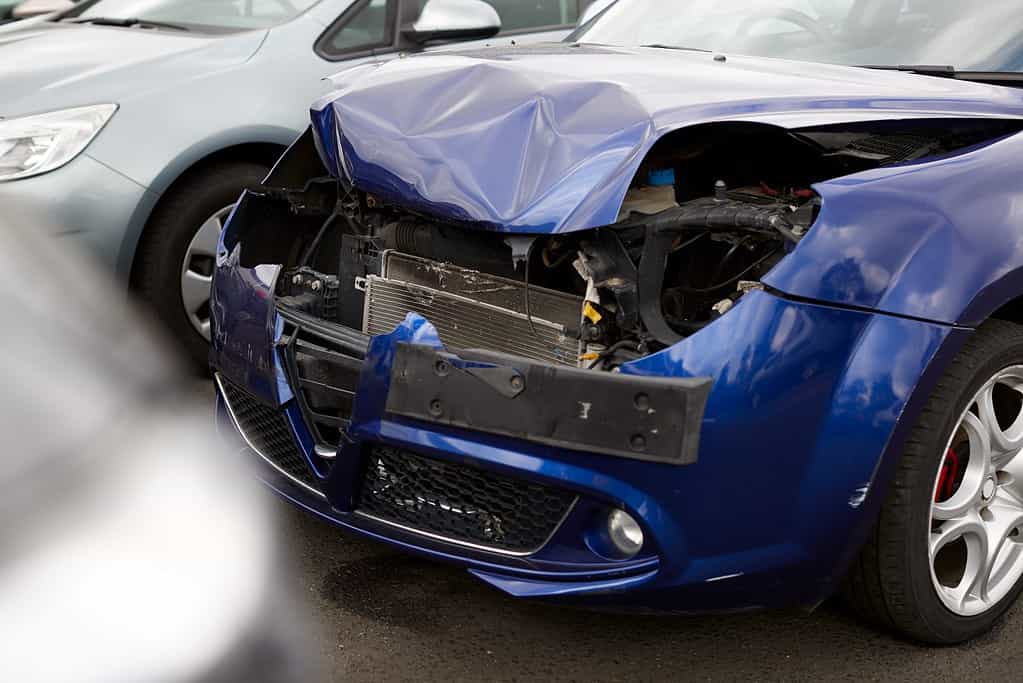According to the National Highway Traffic Safety Authority (NHTSA), the United States records approximately six million car accidents every year. Out of the six million car accident victims, at least three million suffer minor and major injuries. The authority further reports that at least 90 Americans die every day in auto accidents.
So, it means that if you haven’t been involved in a car accident all your life, it may happen at some point. Motor vehicle accidents that result in severe injuries tend to devastate victims physically, emotionally, and financially.
When the accident occurred due to someone else’s fault, you may be entitled to compensation. But what happens when the at-fault driver’s insurance rejects your claim claiming that their client wasn’t at fault?
In such a case, you may be forced to file a lawsuit to protect your right to compensation for your losses. With the right car accident attorney by your side, you can be sure that your case will be handled professionally so you can focus on getting better.
But what are the critical elements that your attorney must prove to win your car accident lawsuit? Let us find out.
How Does Negligence Relate to Your Car Accident Lawsuit?
Before we dive deep and start talking about the specific elements of your car accident lawsuit your attorney needs to prove to win your case, it is essential to understand how negligence relates to your case.
Typically, a motorist is deemed to have been negligent when they fail to exercise the same level of care that any reasonable person would exercise in the same situation. Since “reasonable” is highly subjective, the jury will decide what a reasonable person would have done in similar circumstances.

If the accused person’s conduct fails to meet the “reasonable person” standards, then the jury could rule that the defendant is financially liable for your damages. However, you will also be required to prove each of the other elements of a negligence claim to stand a chance of winning the lawsuit.
So, what are the other elements of a negligence claim that you need to prove?
1. Duty of Care
All motorists owe a reasonable duty of care to other motorists while on the same road. The duty of care involves driving safely to prevent auto accidents and injuries as well as following all the stipulated traffic laws.
More broadly, anyone involved in supplying driving equipment, designing roads, or manufacturing auto parts that affect the safety of motorists and their passengers has a duty not to act in any manner that will foreseeably result in auto accidents or injuries.
The duty of care is usually established by proving that the other driver was operating the car at the time of the accident.
2. Breach of Duty of Care
You will be required to provide sufficient evidence proving that the other motorist’s conduct wasn’t that of a reasonable person. It is the duty of the jury to determine whether or not the defendant breached their responsibility of duty of care.
For instance, the jury can conclude that there was a breach of duty of care if the other motorist was driving at 80mph in a 60mph zone. That would not be something that a reasonable person would do.
In most cases, breach of duty places the other motorist at risk of injury or harm. In a wider spectrum, a city or county’s failure to maintain public roads could also constitute a breach of duty.
3. Causation
Driving at 80mph in a 60mph zone is not causation in itself. However, it is a factor that could have contributed to the the accident. Keep in mind that not all drivers who speed cause auto accidents.
Therefore, you must have solid evidence showing that the other motorist did something unreasonable, which resulted in the crash. For instance, the other motorist may have failed to yield right of way by running the red light.

Another excellent example of causation would be a driver texting while driving and ends up knocking the rear end of the car in front. To win your car accident lawsuit, your car accident attorney must prove that the breach of duty proximately caused the harm you suffered.
4. Quantifiable Damages
Lastly, you must have suffered significant and quantifiable damages to be eligible for compensation. Damages, in this case, can range from physical, emotional, financial, property, and other capacities.
You can prove that you suffered damages in many different ways, such as providing receipts of the medications you received after the accident, physical damage to your car, and proof of other miscellaneous expenses you incurred as a result of the accident.
Although you can file for emotional distress and other non-physical damages such as pain and suffering, you will be required to gather bulletproof evidence to submit a strong case. Unlike emotional injury, it is pretty easy to prove physical injury because it is there for everyone to see.
How Are Car Accidents Involving Negligence Per Se Handled?
Typically, it is the responsibility of the plaintiff to prove negligence to win their car accident lawsuit. However, if someone intentionally breaks a law enacted to protect the general public, the burden of proof in such a case might be a little bit easier.
Negligence per se assumes that a person was negligent if they caused an injury by breaking a public interest law. However, negligence per se will only apply if the law carries a criminal penalty, was enacted to specifically protect the general public, and expressly forbid the defendant’s conduct.
For instance, the drunk driving law in most states is enacted to protect the general public. Prohibiting intoxicated drivers from operating a motor vehicle is meant to minimize the number of DUI accidents.

Negligence per se action requires the plaintiff to prove that they were injured as a result of the other party violating a law that was enacted to prevent the type of accident that happened. If your attorney can successfully prove all the elements of negligence per se action, the burden of proof shifts to the defendant.
In such a case, the defendant will be at liberty to present evidence refuting your claims then the jury will decide whether or not the facts presented to support a claim of negligence per se or the defendant’s defenses to your claim.
Have You Been Injured In a Car Accident?
If you or your loved one have been injured in a motor vehicle accident, it is critical to reach out to a trusted and reliable car accident attorney as soon as possible.
At Legal Giant, we are committed to helping car accident victims get the compensation they deserve. Our commitment to assisting you seek justice is unparalleled. Our team of highly experienced car accident attorneys is ready to evaluate your case and advise you on the next course of action.
We work on a contingency fee basis, meaning you don’t pay us anything unless we win your car accident lawsuit. Contact us today for a free, no-obligation case review.

